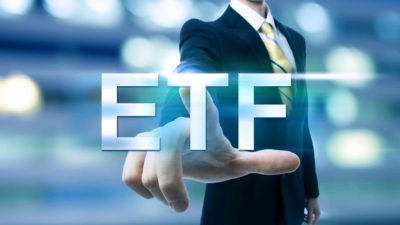Although the ASX welcomed a plethora of new exchange-traded funds (ETFs) to the public markets last year, the Vanguard Australian Shares Index ETF (ASX: VAS) retained its top spot as ASX investors' favourite ETF. With roughly $10 billion in assets under management, it seems Aussie investors can't get enough of this relatively simple index fund.
But does VAS have the numbers to back up this popularity? Let's check out how this ETF performed last year.
So VAS is a rather unique ETF in that it tracks the S&P/ASX 300 Index (ASX: XKO). While most ASX index funds stick with the conventional S&P/ASX 200 Index (ASX: XJO), VAS throws in an extra hundred companies from the bottom end of the market. That means that you'll still find ASX blue chip stalwarts like Commonwealth Bank of Australia (ASX: CBA), Woolworths Group Ltd (ASX: WOW), and Telstra Corporation Ltd (ASX: TLS) in this ETF. But you'll also get companies like Life360 Inc (ASX: 360) and Sezzle Inc (ASX: SZL) that are excluded from the ASX 200.
How did VAS navigate 2021?
So how did VAS perform last year? Well, this ETF started the year at $84.56 a unit, and ended up at $95.95 by New Year's Eve last week. That's an on-paper capital gain of 13.38%. Not bad, one could say. But add VAS's four dividend distributions that investors enjoyed over last year, and that return gets boosted by a rough 3.3% (plus a bit extra on the top with franking).
That compares well against the ASX 200 Index. It recorded a gain of 13% for the calendar year last year.
Since CBA is VAS's single largest holding, this ASX bank's hefty 23% gain over 2021 would have helped drive these returns. Other blue chips that enjoyed healthy gains in 2021 that also would have lent a hand include Telstra Corporation Ltd (ASX: TLS), up 40%, and Woolworths Group Ltd (ASX: WOW), up 14%. The main detractors would have been BHP Group Ltd (ASX: BHP) and Rio Tinto Limited (ASX: RIO), which both went backwards over the year that was.
The Vanguard Australian Shares Index ETF charges a management fee of 0.1% per annum (or $10 a year for every $10,000 invested).









